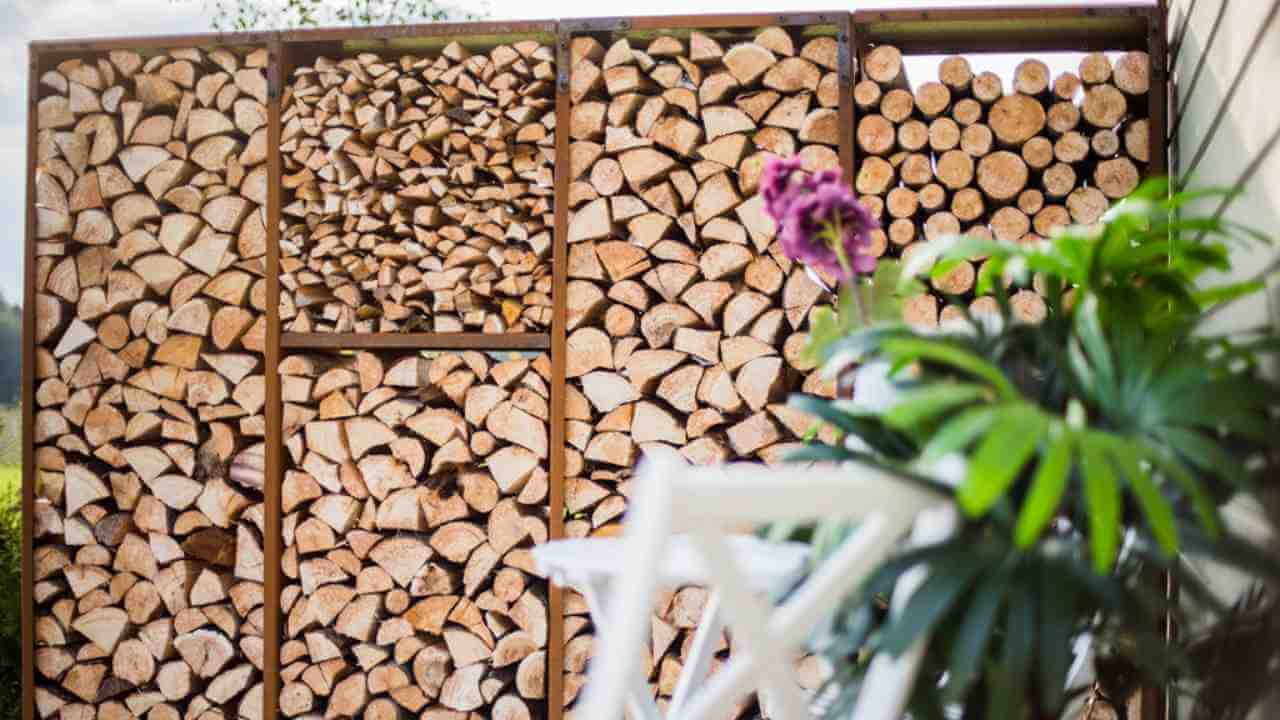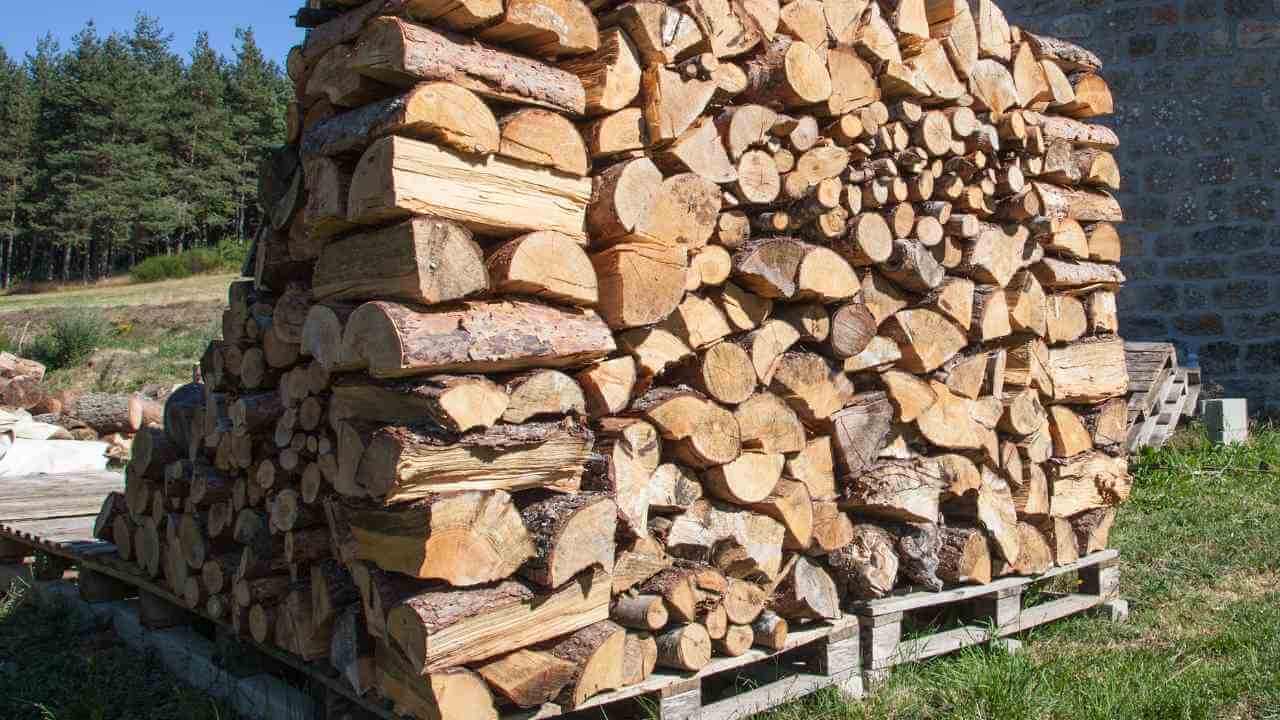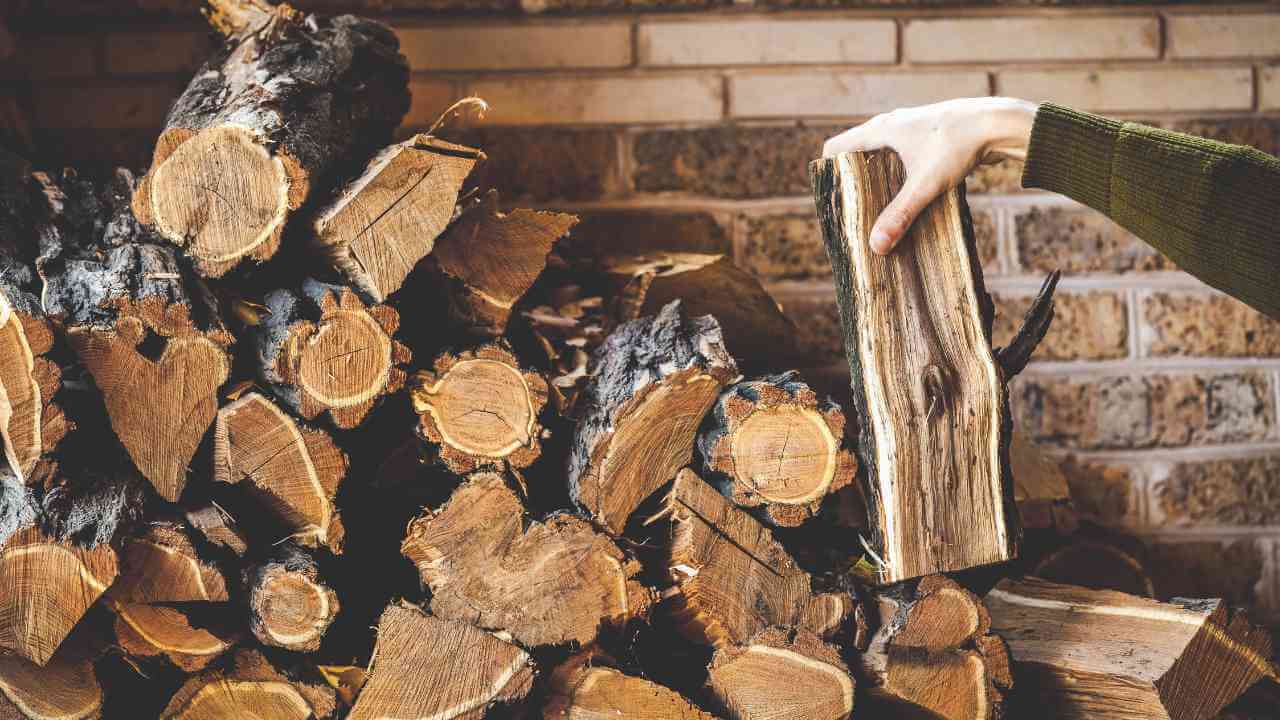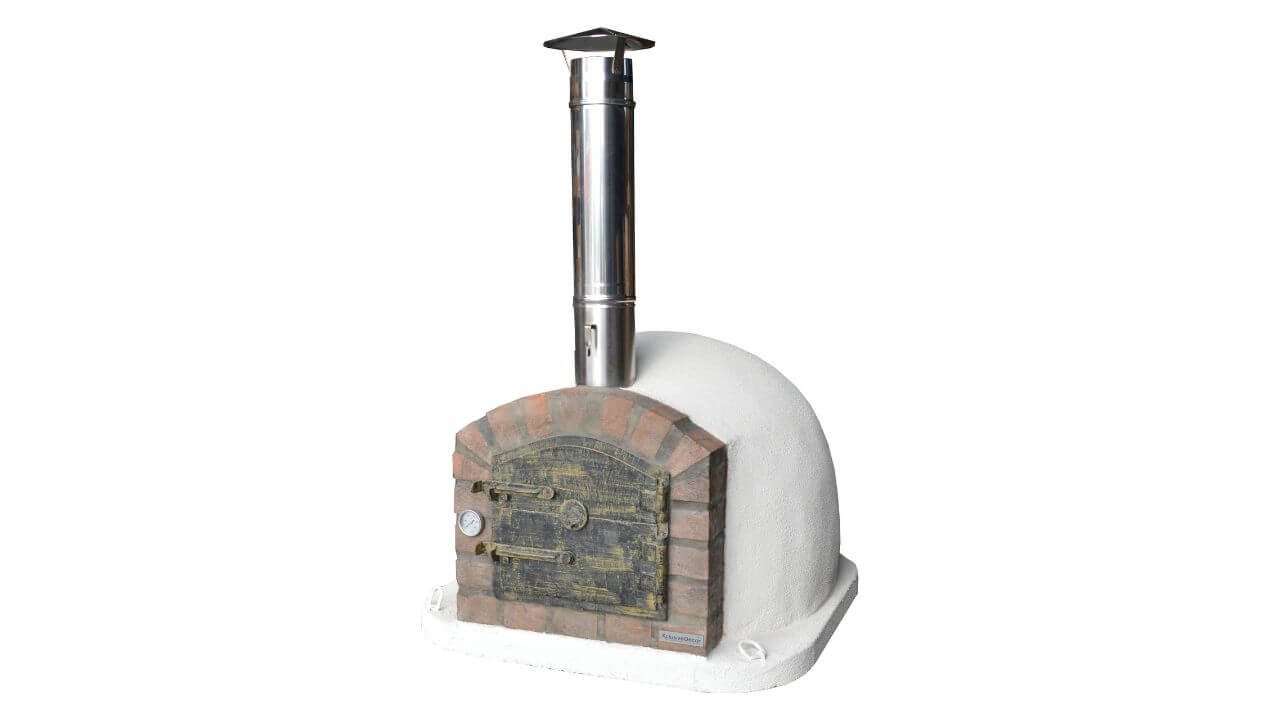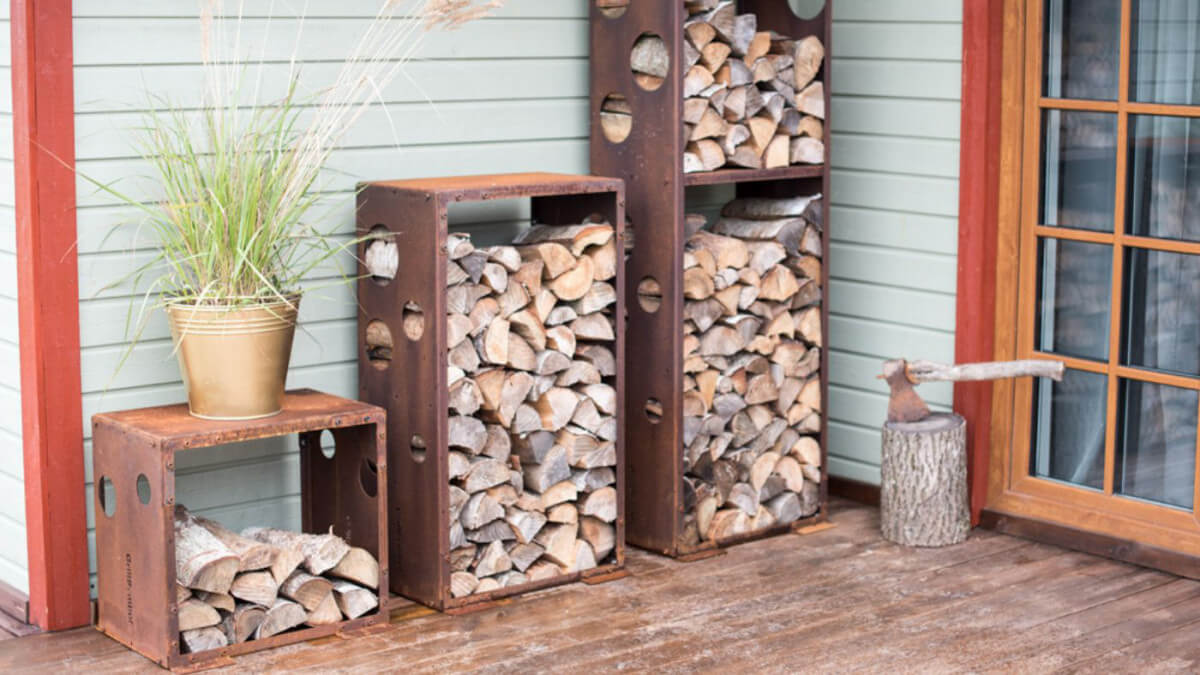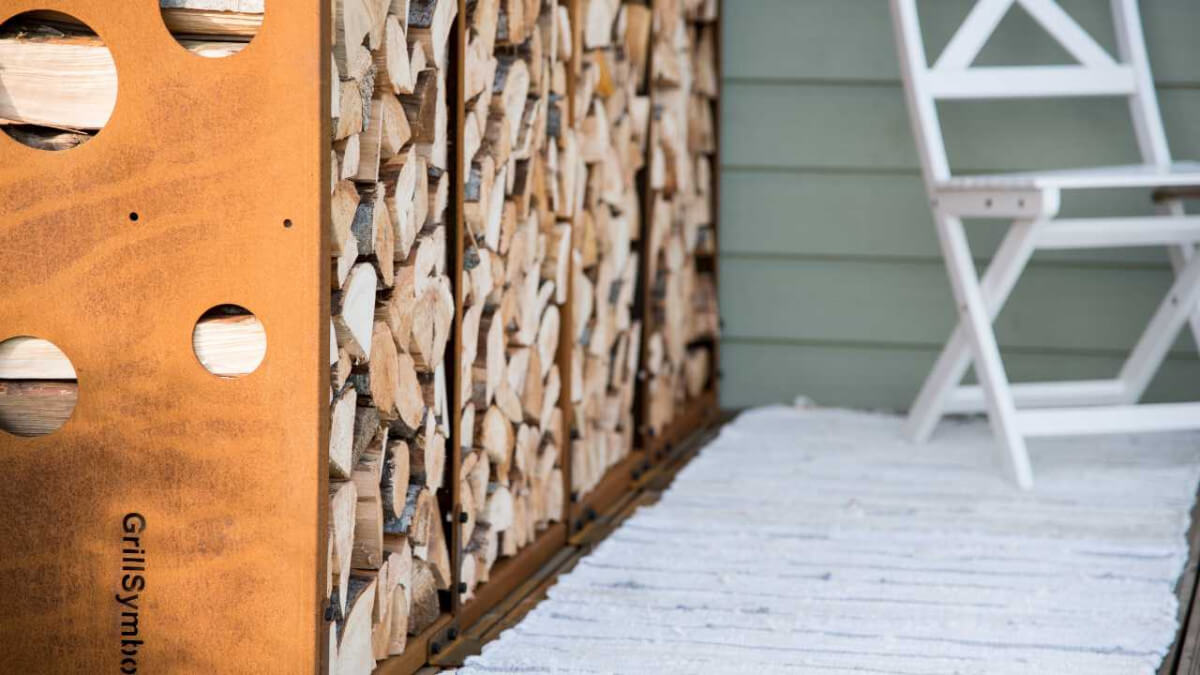The Importance of Dry Wood: Protect Your Health and the Environment
Welcome to the world of wood burning! Whether you're an avid fireplace user, a proud stove owner, or simply looking to explore alternative heating sources, you're in the right place to avoid wet wood woes.
Today, we're going to dive into the fascinating topic of wet wood woes, and why using dry, seasoned wood is key to a safe, efficient, and cost-effective fire.
But first, let's define what we mean by "wet wood." Wet wood, also known as green wood, is freshly cut wood that hasn't had time to properly season or dry.
It's still filled with moisture, which can cause all sorts of problems when used as fuel. On the other hand, seasoned wood, or wood that's been dried for at least 6-12 months, is the preferred choice for wood burning. It burns more efficiently, produces less smoke, and has a lower moisture content.
Now, you may be thinking, "Why does it matter if my wood is wet or dry?" Well, buckle up, because we're about to take you on a wild ride through the world of wet wood woes.
From chimney fires to increased carbon emissions, the dangers of wet wood are real, and we're here to help you avoid them. So grab a cup of hot cocoa and let's get started!
The Problems with Wet Wood
Using wet wood as fuel can lead to a host of problems, ranging from inefficiency to increased health and safety risks. Let's take a closer look at some of the most common issues associated with wet wood:
-
Inefficiency: Wet wood takes more energy to burn, as the moisture in the wood needs to be evaporated before it can be burned. This means you'll need to burn more wood to produce the same amount of heat as you would with dry wood, making it less efficient and cost-effective.
-
Increased smoke production: Wet wood produces more smoke than dry wood, which can be harmful to your health and the environment. The smoke from wet wood contains higher levels of particulate matter and toxic chemicals, such as benzene and formaldehyde.
-
Chimney fires: Wet wood can clog chimneys and increase the risk of chimney fires. The excess moisture in the wood can cause creosote buildup in chimneys, which is highly flammable and can ignite if not properly cleaned.
-
Poor combustion: Wet wood burns less efficiently, producing more unburned particles that contribute to air pollution and can also clog chimneys.
-
Increased carbon emissions: Wet wood releases more carbon dioxide into the atmosphere, which contributes to climate change.
In short, using wet wood as fuel can lead to a host of problems, from reduced efficiency to increased health and safety risks.
By using dry, seasoned wood, you can avoid these issues and enjoy a safer, more efficient, and more cost-effective fire.
Drying and Seasoning Wood
So, how do you get your hands on dry, seasoned wood? Here are some steps you can take to properly season and dry your wood before using it as fuel:
-
Harvest wood in the fall: Wood that is harvested in the fall has had several months to dry out, making it more seasoned and ready to use as fuel.
-
Store the wood properly: Store the wood in a dry place, away from moisture, to prevent it from becoming wet. This can be done by stacking the wood off the ground on a flat surface, covering it with a tarp, or storing it in a wood shed.
-
Use a moisture meter: Before using the wood, you can use a moisture meter to check its moisture content. Wood with a moisture content of less than 20% is considered dry and ready to use as fuel.
-
Give the wood time to dry: If the wood is not dry enough, give it more time to dry before using it. This can take anywhere from 6 to 12 months, depending on the type of wood and the conditions in which it is stored.
By properly seasoning and storing your wood, you can avoid the problems associated with using wet wood as fuel and enjoy a safer, more efficient, and more cost-effective fire.
Preventing Wet Wood Woes
What if you already have wet wood and want to prevent the associated problems? Here are some steps you can take to dry wet wood:
-
Separate the wet wood from the dry wood: Wet wood should be separated from dry wood to prevent it from contaminating the dry wood.
-
Stack the wood in a sunny, well-ventilated area: Stack the wet wood in a sunny, well-ventilated area to allow it to dry. This will help to evaporate the moisture and reduce the moisture content of the wood.
-
Cover the top of the stack: Cover the top of the stack with a tarp or plastic sheeting to protect it from rain or snow.
-
Check the moisture content regularly: Use a moisture meter to check the moisture content of the wood regularly. When the moisture content is below 20%, the wood is considered dry and ready to use as fuel.
-
Store the wood properly: Store the dry wood in a dry place, away from moisture, to prevent it from becoming wet again.
It can take several months for wet wood to dry, so it's important to be patient and allow enough time for the wood to season properly.
By doing so, you can avoid the problems associated with using wet wood as fuel and enjoy a safer, more efficient, and more cost-effective fire.
Different Types of Wood as Fuel
Not all wood is created equal, and different types of wood have different characteristics that affect their performance as fuel. Some of the most common types of wood used as fuel include:
-
Oak: Oak is a dense, heavy wood with a high heating value. It burns slowly and produces a hot, long-lasting fire.
-
Maple: Maple is a hard, heavy wood with a moderate heating value. It burns with a bright flame and produces a pleasant aroma.
-
Birch: Birch is a lightweight wood with a moderate heating value. It burns quickly and produces a hot, intense flame.
-
Ash: Ash is a dense, heavy wood with a high heating value. It burns slowly and produces a hot, long-lasting fire.
-
Hickory: Hickory is a dense, heavy wood with a high heating value. It burns slowly and produces a hot, long-lasting fire.
While different types of wood have different heating values and burn characteristics, the most important factor in choosing wood as fuel is its moisture content.
Seasoned wood, or wood that has been dried for at least 6-12 months, is the preferred choice for wood burning.
Proper storage of wood is also important to prevent it from becoming wet and losing its efficiency as a fuel source. Store wood in a dry, covered area to protect it from moisture.
If you are interested in using wood to cook delicious pizza, check out our guide, and we have a fine selection of varied outdoor pizza ovens if that interests you!.
Proper Maintenance of Stove or Fireplace
To get the most out of your wood fuel, it is important to burn it in a properly maintained stove or fireplace. Regular cleaning and maintenance of chimneys and flues can help to prevent creosote buildup, which can reduce the efficiency of your stove or fireplace and increase the risk of chimney fires.
Here are some steps you can take to properly maintain your stove or fireplace:
-
Clean chimneys and flues regularly: Creosote buildup in chimneys can ignite and cause chimney fires. Clean chimneys and flues at least once a year, or more often if you use your stove or fireplace frequently.
-
Check for leaks: Leaks in chimneys or flues can allow cold air into the chimney, reducing the efficiency of your stove or fireplace. Check for leaks regularly and repair them as needed.
-
Use a spark arrestor: Spark arrestors can prevent sparks from escaping the chimney and igniting nearby combustible materials.
-
Follow manufacturer's instructions: Always follow the manufacturer's instructions for your stove or fireplace to ensure proper use and maintenance.
By properly maintaining your stove or fireplace, you can ensure that you get the most out of your wood fuel and enjoy a safer, more efficient, and more cost-effective heating solution.
Alternative Heating Sources
If you want to reduce your carbon footprint, there are alternative heating sources available. Here are some popular alternative heating sources:
-
Natural gas: Natural gas is a clean-burning fuel that is widely available in many areas. It is a convenient and efficient heating source that can be used to heat homes, water, and other spaces.
-
Propane: Propane is a clean-burning fuel that is widely available in many areas. It is a convenient and efficient heating source that can be used to heat homes, fire pits and patio heaters, water, and other spaces.
-
Electricity: Electricity is a clean and efficient heating source that can be used to heat homes, water, and other spaces. There are many types of electric heating systems available, including heat pumps, electric furnaces, and electric baseboard heaters.
- Bioethanol: The ultimate green and eco-friendly solution.
While wood fuel can be an attractive and cost-effective heating solution, alternative heating sources such as natural gas, propane, and electricity can provide a cleaner, more convenient, and more efficient heating solution.
If you're interested in reducing your carbon footprint, consider one of these alternative heating sources.
And Finally
In conclusion, using dry, seasoned wood is key to a safe, efficient, and cost-effective fire.
Wet wood can lead to a host of problems, including inefficiency, increased smoke production, chimney fires, poor combustion, and increased carbon emissions.
By properly drying and seasoning your wood, properly storing it, and properly maintaining your stove or fireplace, you can avoid these problems and enjoy a safer, more efficient, and more cost-effective heating solution.
Post Code Checker
Using a wood burner outside is legal; being a nuisance with an outdoor fire can cause problems with the neighbours and the local council. Here is our local council checker for their guidelines.
This is currently for postcodes in England and Wales. It will soon expand to Scotland and Northern Ireland.
Subscribe to our email
Just enter your email address below to receive a monthly email with links to all the latest blog posts. Simple unsubscribe at any time.

